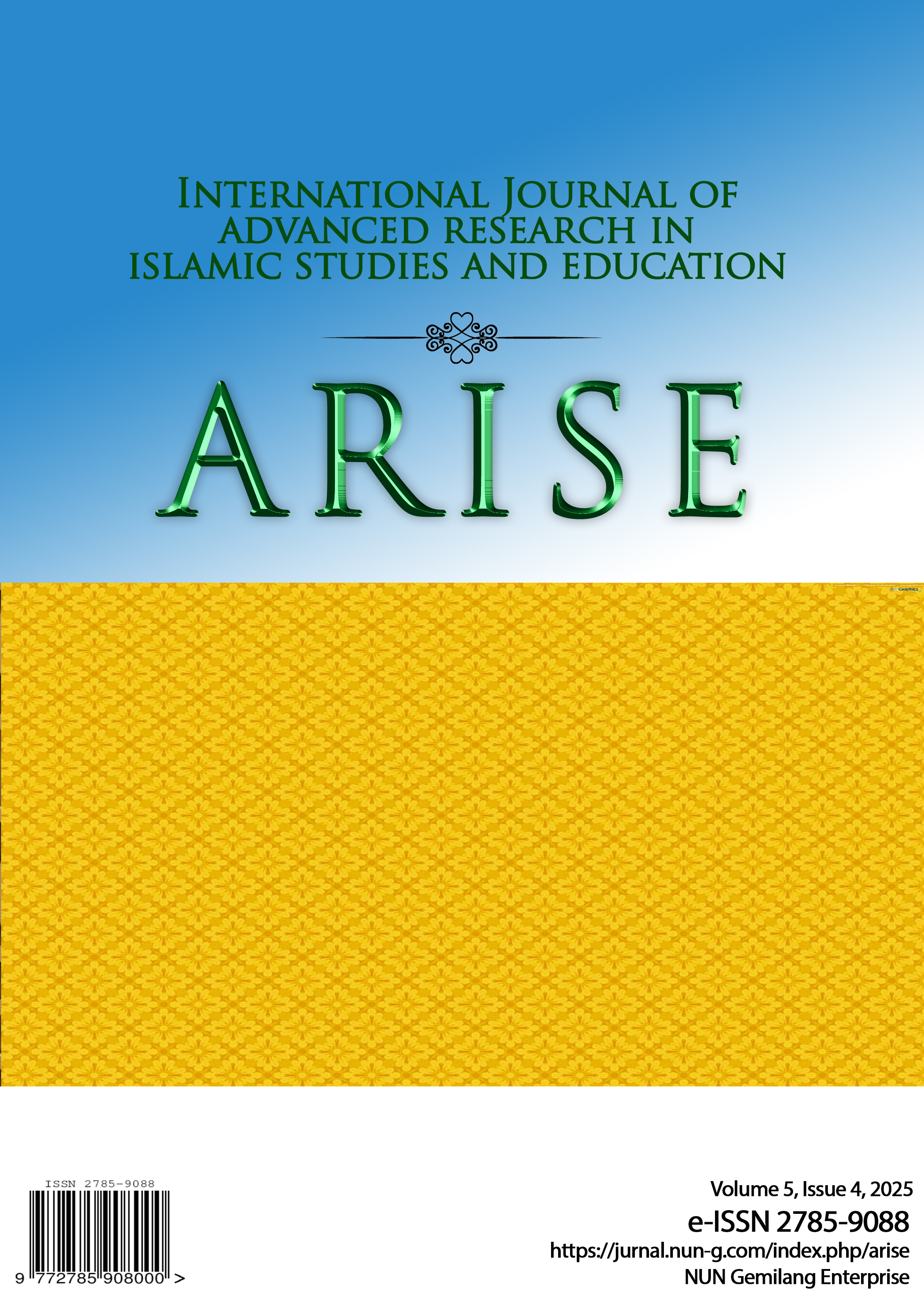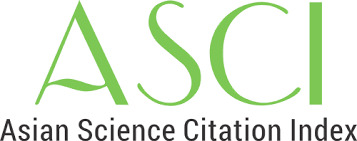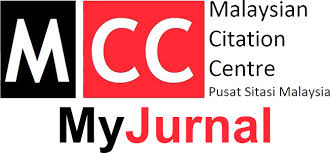CABARAN PELAKSANAAN PENGAJARAN TERBEZA DALAM PENDIDIKAN [CHALLENGES IN IMPLEMENTING DIFFERENTIATED TEACHING IN EDUCATION]
Keywords:
pengajaran terbeza, cabaran, strategi, Model Pengajaran Terbeza, Teori Kecerdasan Pelbagai, differentiated teaching, challenges, strategy, Differentiated Teaching Model, Theory of Multiple IntelligenceAbstract
Abstrak Pelaksanaan pengajaran terbeza bukanlah suatu pendekatan yang asing dalam dunia pendidikan global. Pendekatan ini wujud bagi memenuhi keperluan murid yang berbeza-beza dalam sesebuah bilik darjah selaras dengan pembelajaran abad ke-21. Pelbagai kajian telah dijalankan bagi mengenal pasti keupayaan murid berdasarkan minat, kecenderungan serta gaya pembelajaran murid. Model Pengajaran Terbeza menekankan kandungan, proses, produk dan persekitaran yang berperanan dalam membentuk pembelajaran murid. Teori Kecerdasan Pelbagai menyokong prinsip asas pengajaran terbeza yang menumpukan kepada sembilan aspek utama seperti intrapersonal, kinestetik, verbal-linguistik, naturalis, eksistensial, logik-matematik, visual-ruang, muzik dan interpersonal. Namun, keberkesanan pendekatan ini bergantung kepada tahap pengetahuan dan kesediaan guru untuk melaksanakannya terhadap kepelbagaian murid. Cabaran yang timbul menyukarkan proses pengajaran dan pembelajaran berlaku secara menyeluruh. Sehubungan itu, objektif kertas konsep ini adalah untuk membincangkan cabaran yang dihadapi guru dalam melaksanakan pengajaran terbeza serta mencadangkan strategi yang bersesuaian bagi menangani isu-isu yang telah dikenal pasti.
Abstract: Differentiated instruction is not a foreign concept in today’s global education scene. It has become an essential approach to meet the varied needs of students in the classroom to support the demands of 21st-century learning. Every student learns differently through different interests, strengths and learning styles. Many studies have explored how to support these differences effectively. The Differentiated Teaching Model focuses on four aspects that are content, process, product and learning environment to help teachers truly engage all types of learners. Supporting this model is Howard Gardner’s Theory of Multiple Intelligences which highlights nine distinct ways people learn including intrapersonal, bodily-kinesthetic, linguistic, naturalist, existential, logical-mathematical, visual- spatial, musical and interpersonal. These intelligences remind us that there’s no one-size-fits-all in education. However, putting differentiated instruction into practice isn’t always easy. Its success depends heavily on how well teachers understand the concept and how ready they are to adapt their teaching. Therefore, this concept paper aims to explore the challenges teachers face in implementing differentiated instruction into practice and to suggest practical strategies that can help overcome these challenges effectively.
References
Abdul Razaq Ahmad, Anisa Saleha, Zalizan Mohd Jelas, & Ahmad Ali Seman. 2010. Kepelbagaian pelajar dan sekolah: satu kajian kes di negeri pahang. Jurnal Pendidikan Malaysia, 35(2): 87–95.
Ain Nur Atika Agus. 2022. Masalah dihadapi oleh guru bahasa melayu dalam melaksanakan pendekatan terbeza dalam pengajaran dan pembelajaran di rumah. Jurnal Pendidikan Bahasa Melayu, 12(1): 50-62.
Ainnieda Lataq Impak & Nor Azwahanum Nor Shaid. 2023. Pembelajaran terbeza dalam pengajaran kemahiran membaca sekolah rendah. Jurnal Dunia Pendidikan 5(1): 205-216.
Azlin Wetty Anak Kiding & Wan Muna Ruzanna Wan Mohammad. 2024. Pengetahuan pendekatan pengajaran terbeza dalam kalangan guru novis bahasa melayu di sekolah rendah pedalaman negeri sarawak. International Journal of Advanced Research in Education and Society, 6(1): 576-585.
Azza Salsabila & Puspitasari. 2020. Faktor-faktor yang mempengaruhi prestasi belajar siswa sekolah dasar. Jurnal Pendidikan dan Dakwah, 2(2): 278-288. https://ejournal.stitpn.ac.id/index.php/pandawa.
Barrington, E. 2007. Teaching to student diversity in higher education: how multiple intelligence theory can help. Teaching in Higher Education, 9(4): 421-434. https://doi.org/10.1080/1356251042000252363.
Brigandi, C. B., Gilson, C. M., & Miller, M. 2019. Professional development and differentiated instruction in an elementary school pullout program: a gifted education case study. Journal for the Education of the Gifted, 42(4). https://doi.org/10.1177/0162353219874418
Economidou Stavrou, N. E. 2024. Embracing diversity through differentiated instruction in music education. Frontiers in Education, 9, Article 1229440. https://doi.org/10.3389/feduc.2024.1229440.
Fordyce, F. D. 2021. Teachers’ Perceptions of Differentiation and The Struggle for Consistent Implementation. Walden University.
Gardner, H. 1983. Frames Of Mind. The Theory of Multiple Intelligences. New York.
Gaitas, S., et al. 2022. Teachers’ beliefs and practices in inclusive classrooms. European Journal of Special Needs Education, 37(1): 1–14.
Gregory, G. H., & Chapman, C. 2013. Differentiated Instructional Strategies: One Size Doesn’t Fit All. SAGE Publications Ltd.
Halida Jawan & Zamri Mahmod. 2021. Kaedah dan cabaran pengajaran terbeza dalam meningkatkan penguasaan membina ayat bahasa Melayu murid sekolah rendah. Jurnal Dunia Pendidikan, 3(1): 67-77.
Hall, T. 2002. Differentiated instruction: Effective classroom practices report. National Center on Accessing the General Curriculum, US Office of Special Education Programs.
Heng, T. T., & Song, L. 2020. A proposed framework for understanding educational change and transfer: insights from Singapore teachers' perception of differentiated instruction. Journal of Educational Change, 21: 595-622.
Hoon, C. W. A. & Rohaizat Ibrahim. 2024. Isu dan cadangan terhadap penggunaan teknologi maklumat dan komunikasi dalam pengajaran dan pembelajaran: persepsi guru. International Journal of Advanced Research in Education and Society 6(3): 800-815.
Jia J. X. 2020. Identifying students self-perceived multiple intelligence preferences: the case of students from Heilongjiang International University, China. Arab World English Journal, 11(2).
Kelly, P., Glenn, T. C., & Dana, A.-N. 2020. Differentiated literacy instruction: boondoggle or best practice? Review of Educational Research, 90(4): 459-408.
Kementerian Pendidikan Malaysia. 2013. Pelan Pembangunan Pendidikan Malaysia 2013 - 2025. In KPM, 27(1). https://doi.org/10.1016/j.tate.2010.08.007.
Kementerian Pendidikan Malaysia. 2018. Info media, menjana maklumat pendidikan (Issue 06).
Kulaksız, T. 2023. Praxeological learning approach in the development of pre-service EFL teachers' TPACK and online information-seeking strategies. Int J Educ Technol High Educ 20(52).
Maker, C. J., & Shiever, S. W. 2005. Teaching Models in Education on the Gifted (3rd edition). Pro Ed.
Mazen, M. K., & Malak, A. A. 2019. The influence of differentiated instruction on academic achievement of students in mixed ability classrooms. International Linguistic Research, 2(2): 8-28.
Mohd Ikhwan, H. I., & Azlina, A. A. 2019. TS25 school teachers' perception of differentiated learning in diverse esl classroom. Journal of Education and Social Sciences, 12(1): 95-107.
Mohd Shazlan Shahudin & Khairul Azhar Jamaludin. Kepentingan dan cabaran pelaksanaan kurikulum pendidikan seni visual sekolah rendah menggunakan teknologi maklumat dan komunikasi. Jurnal Dunia Pendidikan, 6(1): 33-47.
Muhamad Furkan, M. S., Rose, A. A., Rohaida, M. S., & Mohamad Hisyam, I. 2022. Malaysian chemistry teachers' challenges to practice differentiated instruction in classroom. Malaysian Online Journal of Educational Sciences, 10(2): 58-69.
Muzarina Juhari, Ku Suhaila Ku Johari, & Mohd Izwan Mahmud. 2019. Kecerdasan pelbagai dan minat kerjaya dalam kalangan pelajar sekolah menengah. Global Conferences Series: Social Sciences, Education and Humanities, 1(9): 133–141.
Norazly Nordin, Mohd Shawani Ahmad Sabri, Jasman Nurdin, Noor Nadhirah Rossli & Siti Syazwani Zulkuple. Analisis keperluan latihan pembangunan profesionalisme guru tadika islam berdasarkan perspektif guru. Jurnal Penyelidikan Sains Sosial 5(16): 1-8.
Norizah Tukiman, Abu Bakar Nordin, & Zaharah Hussin. 2014. Peningkatan kemahiran menghafaz surah dan doa kanak-kanak prasekolah melalui pendekatan berasaskan teori kecerdasan pelbagai. The Online Journal of Islamic Education, 2(1): 114–129.
Obrovska, J., Svojanovsky, P., Kratochvilova, J., Lojdova, K., Tama, F. & Vlckova, K. (2024) Promises and challenges of differentiated instruction as pre-service teachers learn to address pupil diversity, Journal of Education for Teaching, 50(3): 403-420, DOI: 10.1080/02607476.2023.2247356
Puzio, K., Colby, G. T., & Algeo-Nichols, D. 2020. Differentiated literacy instruction: boondogle or best practice? Review of educational Research, 90(4): 459-498.
Rathaneswaary Derbla & Ruhizan M. Yasin. 2022. Tahap pengetahuan, penerimaan, kesediaan dan amalan pengajaran guru pemulihan khas terhadap pengajaran terbeza. Malaysian Journal of Social Sciences and Humanities (MJSSH), 7(4): 1-20.
Risky Setiawan, Djemari Mardapi, Aman, & Umum Budi Karyanto. 2020. Multiple intelligences-based creative curriculum: the best practice. European Journal of Educational Research, 9(2): 611–627. https://doi.org/10.12973/eu-jer.9.2.611.
Roa’ani Mohamed & Nor Rul Azlifah Zulkafali. 2021. Keberkesanan pendekatan pedagogi terbeza (ppt) dalam pdpc bahasa Melayu kelas peralihan: satu kajian tindakan di sebuah sekolah di kuantan. Journal of Sciences and Management Research: 68-86.
Safiek Mokhlis. 2021. Persepsi dan pelaksanaan pendekatan pengajaran terbeza dalam kalangan guru prasekolah: satu tinjauan awal. Borneo International Journal 4(3): 9-18.
Sharifah Nasyura. 2018. Hubungan Kecerdasan Pelbagai Guru Sains dengan Kemahiran Berfikir Pelajar. Universiti Putra Malaysia, 3(21): 51–63.
Smets, W., & Struyven, K. 2020. A teachers' professional development programme to impliment differentiated instruction in secondary education: how far do teachers reach? Cogent Education, 7(1).
Sousa, D. A., & Tomlinson, C. A. 2011. Differentiation and The Brain; How Neuroscience Supports the Learner-Friendly Classroom. Solution Tree Press.
Suleyman, C. 2019. Can differentiated instruction create an inclusive classroom with diverse learners in an elementary school setting? Journal of Education and Practice, 10(6): 31-40.
Tomlinson, C. A. 2001. How to Differentiate Instruction in Mixed-Ability Classroom 2nd Edition. Association for Supervision and Curriculum Development.
Tomlinson, C.A. & Imbeau. M. B. 2010. Leading and Managing a Differentiated Classroom. Association for Supervision and Curriculum Development.
Tomlinson, C. A. 2014. The Differentiated Classroom: Responding to the Needs of All Learners (2nd Edition). Pearson.
Wilma Akam & Faridah Mydin Kutty. 2018. kesan pembelajaran terbeza terhadap motivasi dan pencapaian murid dalam topik daya dalam subjek sains sekolah rendah. E-Prosiding Kolokium Pendidikan Sains dan Psikologi, 553-560.
Yunaini, N., Mustadi, A., Mumpuniarti, Ishartiwi, & Hidayat, R. (2024). Differentiated instruction science learning for intellectually disabilities pupils at an inclusive primary school: A case study. Journal of Turkish Science Education, 21(3): 467–483. https://doi.org/10.36681/tused.2024.025
Zamri Mahamod, Ruslin Amir & Mohamed Amin Embi. 2018. Kepelbagaian Pelajar dan Perbezaan Pembelajaran. Dewan Bahasa dan Pustaka.













